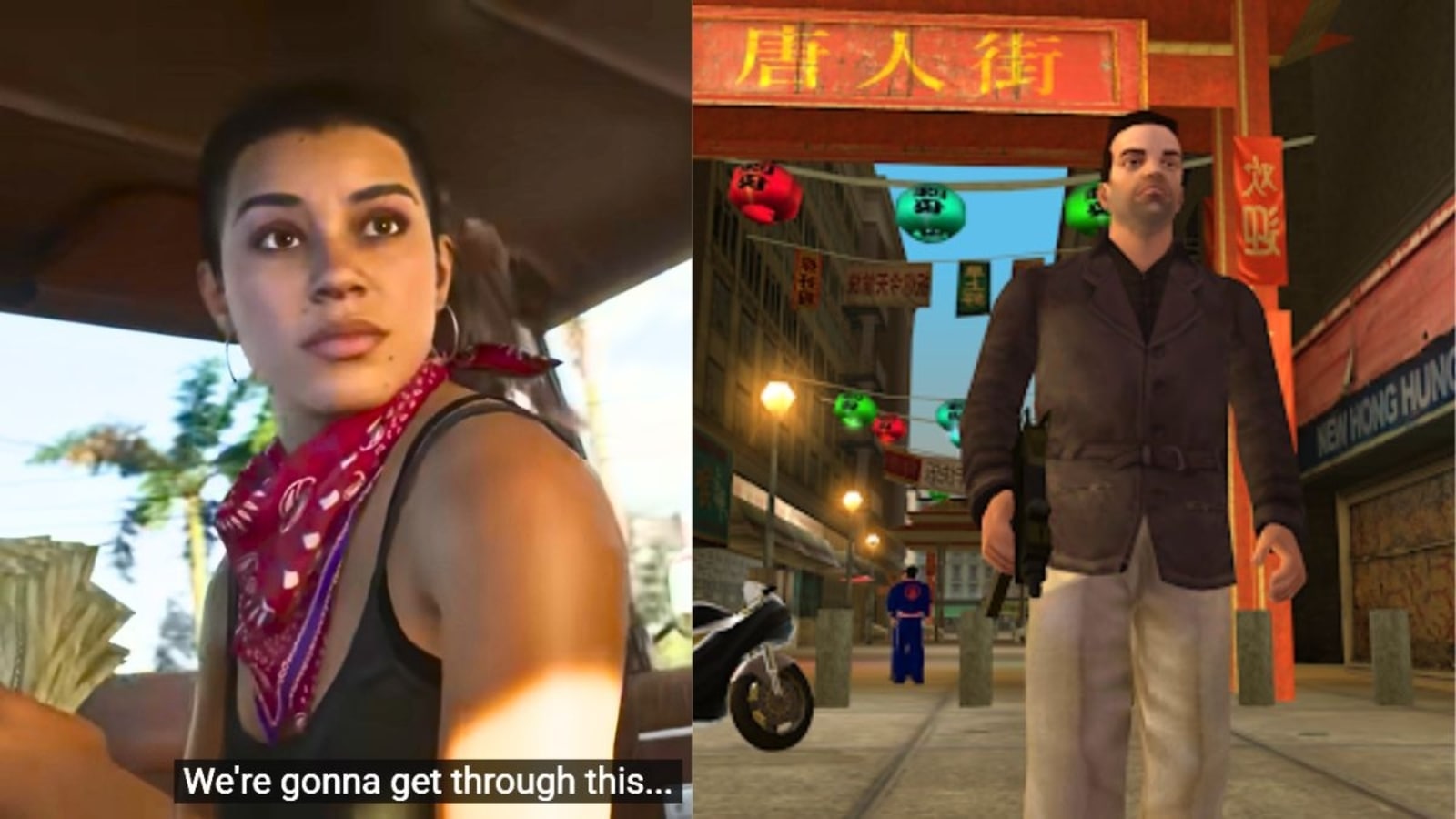Mr. Isozaki finally built the museum as a village of platonic solids clad in a richly textured red Indian sandstone, with large pyramidal skylights illuminating the serene galleries below. The first gallery — voluminous, glowing, visually still — introduced the Japanese concept of ma, sometimes described as an emptiness full of possibilities, into a Western ensemble of forms straight from the geometry book. “That gallery was worth the whole building,” Mr. Gehry said at its opening.
The project pivoted Mr. Isozaki into a four-decade-long international career, which he pursued in a range of styles in many countries. He built the colorful, fanciful postmodernist Team Disney Building in Orlando, Fla.; for the 1992 Summer Olympics in Barcelona, Spain, he designed the more sober and symmetrical 18,000-seat Sant Jordi Pavilion.
Among his most unexpected designs was the Qatar National Convention Center in Doha. Its roof is supported by a phantasmagoric pair of giant concrete “trees” with swelling trunks and thick branches, the surreal forms contradicting the otherwise right-angled, Modernist structure. As in many of his buildings, he used the detail to violate the building’s overall system of control — the irrational cohabited with the rational. The Domus (La Casa del Hombre), his science museum in Coruña, Spain, departs from the language of his earlier buildings, with a smoothly curved sail-like facade fronting an otherwise cubic stone structure, all set atop a rocky and wild hillscape.
A connoisseur of the radical in the arts — early on he gravitated to jazz, Tokyo Neo-Dadaists and John Cage — Mr. Isozaki was, as one critic observed, a “guerrilla architect” who engineered controversy within an architecture culture that largely conformed to Modernist norms. Frequently a guest juror at competitions, he sought out the most unconventional projects. In 1983, he championed an apparently unbuildable entry for a sports club in Hong Kong by the then-unknown young Iraqi British architect Zaha Hadid. The daring vote launched her career.
In the 1970s, the language of Modernism ruptured as postmodernists questioned functionalism in architecture and the West’s fundamental belief in Renaissance unity. For Mr. Isozaki, architecture became a cultural practice — in his words, “a machine for the production of meaning.” He designed buildings with symbols and references, imbuing them with irony and even a teasing humor. He designed the shape of the Fujimi Country Club in Oita as a question mark: Why, after all, golf in Japan?
Mr. Isozaki emerged as a force driving Japan’s architectural New Wave while at the same time rooting his designs — what he sometimes called his “perfect crimes” — in Japanese spiritual traditions. He interpreted and territorialized Western styles and philosophies with Japanese notions of absence, emptiness, shadow and darkness.























